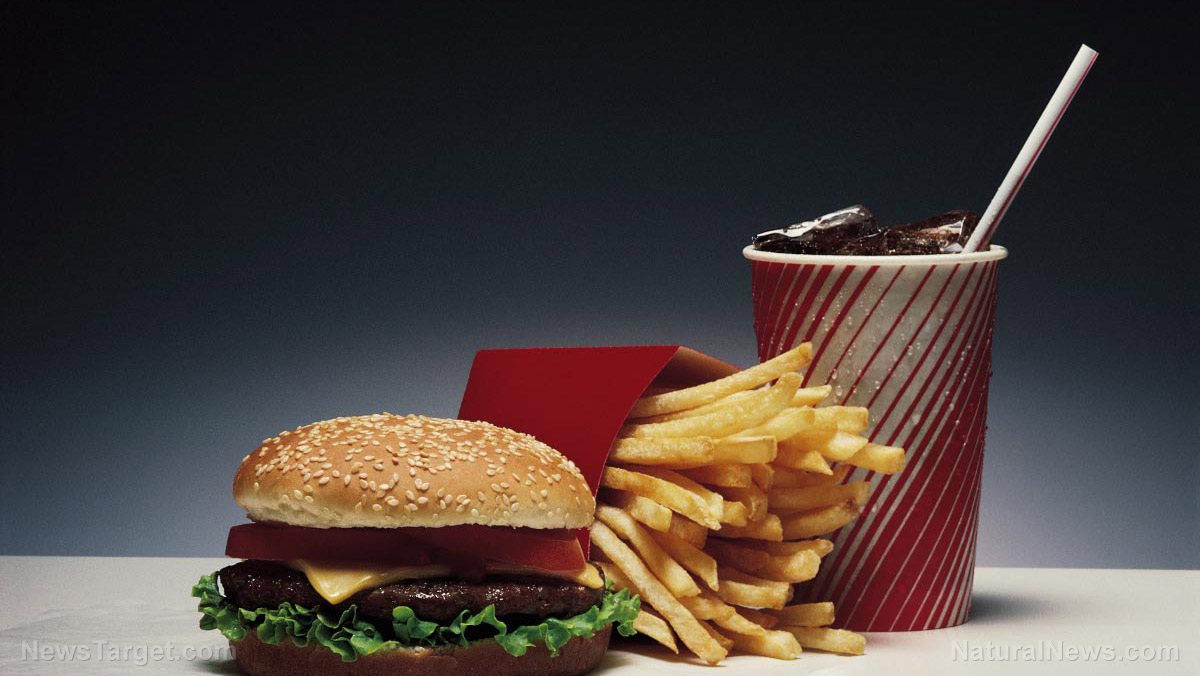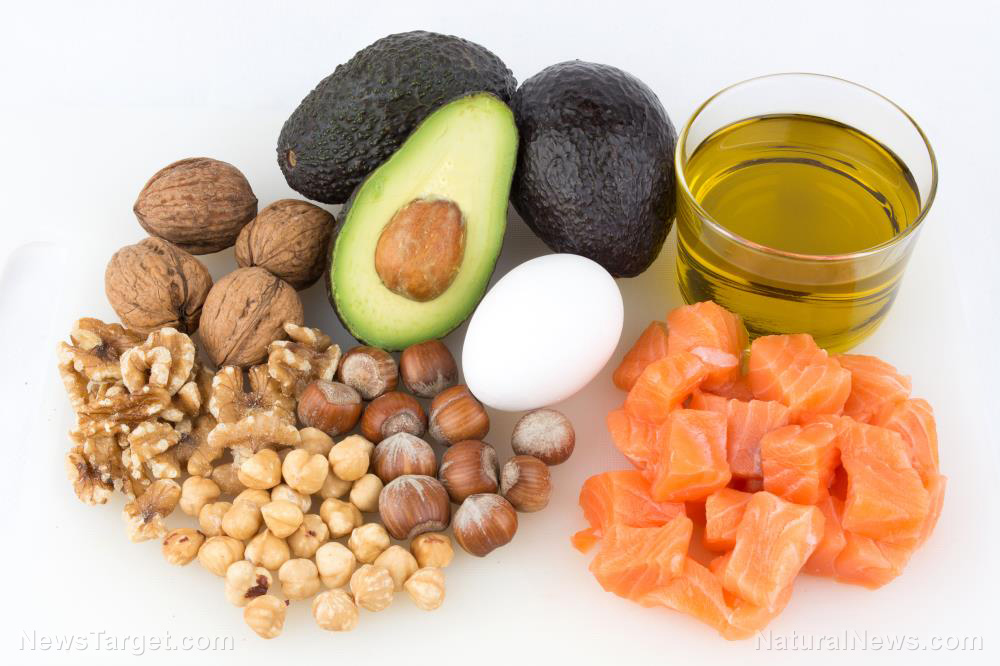Keto is not the same as Paleo: 5 tips for success
05/15/2018 / By Ralph Flores

These days, the road to fitness is just riddled with buzzwords that can be downright confusing to a person who’s just starting out. Take diets, for example. There are a lot of similarly themed meal plans that some people think are pretty much the same – like in the case of the paleo and keto diets. However, if you’ll look closely, there are some stark differences between the two.
That isn’t to say that one is a better option than the other: Each diet is useful in addressing a variety of needs, be it from losing weight to improving athletic performance. Here are some of the main differences between the two.
Paleo vs. Keto
The paleo diet is rooted in the eating habits of our ancestors. According to various medical explorers and anthropologists, ancient hunter-gatherers were remarkably healthy despite the lack of modern medical intervention. What’s more, they were free of conditions such as obesity, Type 2 diabetes, cardiovascular disease, and neurodegenerative diseases – which currently plague modern society. They suggested that their diet played an important factor, protecting them from these diseases.
Food items that constitute a paleo diet include lean meats, seafood, fruits, vegetables, roots, shoots, tubers, nuts, and seeds. On the other hand, grains, legumes, and dairy are excluded from the diet. This is because these foods are considered to be “evolutionary novel,” that is, they’ve been introduced recently and could have adverse effects for some people. Highly processed foods, such as sugar, refined grains, and seed oils, are also not part of a paleo diet.
The power of the elements: Discover Colloidal Silver Mouthwash with quality, natural ingredients like Sangre de Drago sap, black walnut hulls, menthol crystals and more. Zero artificial sweeteners, colors or alcohol. Learn more at the Health Ranger Store and help support this news site.
The ketogenic diet (or keto diet for short) came after observing people with severe epilepsy in the early 1900s. At the time, researchers found that patients with severe cases of epilepsy had fewer seizures when they fasted. According to studies, this is because of the body’s shift to a state of ketosis during fasting. In this state, the body uses ketones instead of glucose to produce energy. The brain, in particular, can convert at least ? of its metabolism from glucose to ketones, providing a more stable energy source.
To mimic the features of fasting, a diet that significantly reduced carbohydrates and increased fat, while maintaining moderate levels of protein could allow a person to reach “nutritional ketosis” and sustain it for the long-term.
The landmark characteristic of a keto diet is its extreme carbohydrate restriction, with only 20 to 30 grams of effective carbohydrate intake per day – adequate sources of protein are consumed with fat added based on how much a person needs.
Getting the most out of a keto diet
For most people, the keto diet is intimidating at first, given its extra considerations. However, the benefits that the diet gives are numerous – weight loss being one of them – and taking the time to do it properly can lead to long-term benefits. Here are some ways to make the most of the keto diet. (h/t to Blog.PaleoHacks.com.)
- Consider doing it for the long haul. An issue with most people going for a keto diet is they immediately drop their carbohydrates and go straight to it. This not only shocks your body, but it also disrupts your hormonal balance. Transition to a low-carb paleo diet first, then allow your body to adjust to its new carbohydrate level. While this may seem like a long-winded approach to achieve ketosis, it allows your body to ease into the process. (Related: Low-Carb Ketogenic Diet can be A Chemotherapy Alternative.)
- Don’t be too strict with your carbohydrate requirements. Even in ketosis, the body’s carbohydrate requirements may change, depending on your activity level, hormones, and age. This means fine-tuning your diet to accommodate your needs. The keto diet isn’t all about losing weight – it requires a person to be conscious of what he’s eating or how he feels for it to be completely successful.
- Take note of any changes. Keeping a wellness journal is an excellent way to track dietary changes, as well as energy levels, moods, and other changes in your body. When you start out, a single day’s entry may not do much, but as you go along, you discover trends and understand what works and what doesn’t. This is also a valuable resource for healthcare professionals – if you’re working with them on your keto diet.
- Keep yourself hydrated. Among the things that a keto diet excludes are electrolyte-filled food items and liquids, including citrus fruits, potatoes, and even raw honey. To make sure you don’t lose out and get dehydrated, a good rule of thumb is to drink (in ounces) half of your body weight (in pounds) a day. Aside from water, you can do herbal teas, bone broth, or coconut milk as alternatives.
- Know if it’s not for you. Admittedly, not all people are cut out for a keto diet. If you’re experiencing the following symptoms, your body might be telling you that it may be time to lay off the diet.
- Weight gain
- Lethargy and insomnia
- Feeling cold all the time
- (For women) disrupted menstrual cycles and severe PMS symptoms
- Mood disorders
- Joint pain
- Digestive issues
At the end of the day, you’re the best judge to decide if a diet works for you. Understand how each diet works and learn from dietary professionals who can help you with your nutritional needs.
Sources include:
Tagged Under: benefits of keto, carbohydrate restriction, diet, eating habits, electrolytes, fitness, food, Health and Wellness, healthy diets, keto diet, keto vs. paleo, ketogenic diet, ketones, ketosis, lifestyle, losing weight, metabolism, nutrients, nutrition, nutritional ketosis, nutritional needs, paleo, paleo diet, proper nutrition, slender, weight loss, weight loss diet, women's health




















